Home>Gardening & Outdoor>Outdoor Recreation & Activities>How Often To Change Swimming Pool Water


Outdoor Recreation & Activities
How Often To Change Swimming Pool Water
Published: February 18, 2024
Learn how often to change swimming pool water for optimal outdoor recreation and activities. Discover the best practices to maintain a clean and safe swimming environment.
(Many of the links in this article redirect to a specific reviewed product. Your purchase of these products through affiliate links helps to generate commission for Storables.com, at no extra cost. Learn more)
Introduction
Maintaining a clean and well-balanced swimming pool is essential for ensuring a safe and enjoyable aquatic experience. The quality of the pool water plays a pivotal role in the overall satisfaction of swimmers and the longevity of the pool itself. Regular maintenance, including the periodic changing of pool water, is crucial for preserving water quality and preventing the accumulation of harmful substances.
Proper pool water management involves a combination of filtration, chemical treatment, and occasional water replacement. Understanding the factors that influence water quality and knowing when to change the water are fundamental aspects of responsible pool ownership. By addressing these factors proactively, pool owners can create a hygienic and inviting environment for swimmers while safeguarding the structural integrity of the pool.
In the following sections, we will delve into the various factors that impact water quality, explore the recommended frequency for changing pool water, identify signs that indicate the need for a water change, and provide practical tips for maintaining optimal pool water quality. By gaining a comprehensive understanding of these elements, pool owners can effectively manage their pool water, ensuring a refreshing and safe swimming experience for all.
Key Takeaways:
- Regular water testing, balanced chemical treatment, and consistent filtration maintenance are essential for maintaining a clean and safe swimming pool environment.
- Recognizing signs like persistent cloudiness and strong chlorine odor helps pool owners proactively address water quality issues and ensure an enjoyable swimming experience.
Read more: How To Change Swimming Pool Light
Factors Affecting Water Quality
The quality of swimming pool water is influenced by a multitude of factors, each playing a crucial role in determining its cleanliness, clarity, and overall safety. Understanding these factors is essential for maintaining optimal water quality and ensuring a pleasant swimming experience for all. Here are the key elements that significantly impact the quality of pool water:
1. Filtration System Efficiency
The effectiveness of the pool's filtration system is paramount in maintaining water quality. The filtration system is responsible for removing debris, dirt, and other impurities from the water, preventing the accumulation of contaminants that can compromise water clarity and hygiene. Regular inspection and maintenance of the filtration system are essential to ensure it operates at peak efficiency.
2. Chemical Balance
The chemical balance of pool water, including pH levels, alkalinity, and chlorine concentration, profoundly influences water quality. Properly balanced chemicals help prevent the growth of algae, bacteria, and other harmful microorganisms, while also safeguarding the integrity of the pool's infrastructure. Regular testing and adjustment of chemical levels are vital for sustaining a healthy aquatic environment.
3. Environmental Factors
External elements, such as sunlight exposure, temperature fluctuations, and surrounding vegetation, can impact water quality. Sunlight can promote the growth of algae, while temperature changes may affect chemical balance. Additionally, leaves, pollen, and other organic matter from nearby plants can find their way into the pool, necessitating diligent cleaning and maintenance to uphold water quality.
Read more: How To Test Swimming Pool Water
4. Swimmer Load
The number of swimmers using the pool and their activities can affect water quality. Increased swimmer load introduces organic compounds, such as sweat, sunscreen, and body oils, into the water, potentially leading to decreased water quality. Regular monitoring and maintenance are essential, especially during periods of high pool usage.
5. Water Circulation
Efficient water circulation is vital for preventing stagnation and maintaining uniform chemical distribution throughout the pool. Proper circulation helps prevent the formation of localized areas with poor water quality, ensuring that all parts of the pool receive adequate filtration and chemical treatment.
By comprehensively understanding and addressing these factors, pool owners can effectively manage and maintain the quality of their pool water, creating a safe, inviting, and enjoyable swimming environment for all.
Recommended Frequency for Water Change
The frequency of changing swimming pool water is a critical aspect of pool maintenance, directly impacting water quality and the overall swimming experience. While the specific frequency for water change can vary based on individual circumstances, several key factors should be considered to determine the most suitable interval for this essential task.
-
Pool Size and Volume: The size and volume of the pool play a significant role in determining the recommended frequency for water change. Larger pools with greater water volume may require less frequent changes compared to smaller ones. The dilution effect of a larger water volume can help maintain water quality for a longer duration.
-
Water Quality Testing: Regular testing of pool water quality is essential for assessing the need for a water change. Monitoring parameters such as pH levels, chlorine concentration, alkalinity, and water clarity can provide valuable insights into the overall condition of the water. If test results consistently indicate imbalances or contamination that cannot be rectified through chemical treatment and filtration, it may be time to consider a water change.
-
Environmental Factors: The surrounding environment can significantly impact the frequency of water changes. Pools located in areas with high levels of airborne debris, such as pollen, dust, or leaves, may require more frequent water changes to mitigate the accumulation of organic matter and maintain water clarity.
-
Swimmer Load and Usage: The frequency of pool usage and the number of swimmers can influence the need for water changes. Pools that experience heavy usage or host a large number of swimmers may require more frequent water changes to address the introduction of organic compounds, such as body oils, sweat, and sunscreen, which can affect water quality.
-
Chemical Management: Effective chemical management, including regular testing and adjustment of chlorine levels and pH balance, can prolong the interval between water changes. Properly balanced chemicals help inhibit the growth of algae and bacteria, contributing to sustained water quality.
Considering these factors, a general recommendation for the frequency of water changes in a well-maintained swimming pool ranges from every 3 to 7 years for most residential pools. However, it is crucial to emphasize that regular water testing and ongoing monitoring of water quality are essential for making informed decisions regarding the timing of water changes. By carefully evaluating these factors and maintaining proactive water management practices, pool owners can optimize water quality and minimize the need for frequent water changes, ensuring a pristine and inviting swimming environment for all.
Signs That Indicate the Need for Water Change
Recognizing the signs that indicate the need for a water change is crucial for maintaining optimal pool water quality. By being attentive to these indicators, pool owners can proactively address potential issues and ensure a safe and enjoyable swimming environment for all. Here are the key signs that signify the necessity of a water change:
-
Persistent Cloudiness: If the pool water consistently appears cloudy despite regular filtration and chemical treatment, it may indicate the presence of suspended particles and impurities that are challenging to eliminate through standard maintenance. Persistent cloudiness can be a sign of excessive organic or inorganic contaminants, necessitating a thorough water change to restore water clarity.
-
Strong Chlorine Odor: An overpowering chlorine odor emanating from the pool water can signal the accumulation of chloramines, which are formed when chlorine combines with organic compounds. High levels of chloramines not only create an unpleasant odor but also indicate a diminished effectiveness of chlorine in sanitizing the water. A water change can help alleviate the buildup of chloramines and restore proper chemical balance.
-
Difficulty Balancing Chemicals: If the pool water consistently exhibits imbalances in chemical levels, such as pH, alkalinity, or chlorine concentration, despite diligent efforts to adjust and maintain these parameters, it may indicate the presence of persistent contaminants that impede proper chemical management. In such cases, a water change can provide a fresh start for achieving balanced and stable chemical levels.
-
Recurring Algae Growth: Frequent and stubborn algae growth, despite regular algaecide treatments and adequate filtration, can be a sign of underlying water quality issues. Algae thrive in environments with high nutrient levels and poor water circulation, indicating the need for a comprehensive water change to disrupt the cycle of algae proliferation and restore water quality.
-
Staining and Scale Buildup: The presence of persistent stains, discoloration, or scale buildup on pool surfaces, such as the walls and floor, can indicate imbalanced water chemistry and the accumulation of minerals and impurities. A water change can help mitigate these issues and prevent further deterioration of pool surfaces.
By remaining vigilant for these signs and promptly addressing any indications of compromised water quality, pool owners can uphold the integrity of their pool water and create a safe and inviting environment for swimmers. Regular monitoring and proactive maintenance are essential for mitigating potential issues and ensuring the sustained enjoyment of a clean and well-maintained swimming pool.
Read more: How To Heat Swimming Pool Water
Tips for Maintaining Pool Water Quality
Maintaining optimal pool water quality is a continuous endeavor that requires a proactive and systematic approach. By implementing the following tips, pool owners can effectively preserve water clarity, hygiene, and overall quality, ensuring a safe and enjoyable swimming environment for all.
-
Regular Water Testing: Conducting frequent water tests using reliable testing kits is essential for monitoring key parameters such as pH levels, alkalinity, chlorine concentration, and water clarity. By staying informed about the condition of the pool water, owners can promptly identify imbalances or contamination, allowing for timely corrective measures.
-
Consistent Filtration Maintenance: Regular inspection and maintenance of the pool's filtration system are crucial for ensuring optimal performance. This includes cleaning or replacing filter cartridges, backwashing sand filters, and maintaining proper water circulation. A well-maintained filtration system effectively removes debris and impurities, contributing to sustained water quality.
-
Balanced Chemical Treatment: Adhering to a disciplined chemical treatment regimen is vital for preventing the growth of algae, bacteria, and other contaminants. Maintaining proper chlorine levels, pH balance, and alkalinity helps inhibit microbial proliferation and ensures the effectiveness of sanitization, promoting clear and hygienic water.
-
Skimming and Cleaning: Routinely skimming the pool surface to remove leaves, insects, and other debris, as well as vacuuming the pool floor, significantly contributes to water clarity and cleanliness. Additionally, scrubbing the pool walls and tiles helps prevent the accumulation of algae and scale, preserving the overall aesthetic appeal of the pool.
-
Optimized Water Circulation: Ensuring efficient water circulation through the use of well-positioned return jets and regular operation of the pool pump is essential for preventing stagnation and maintaining uniform chemical distribution. Proper circulation minimizes the formation of localized areas with poor water quality, promoting overall water homogeneity.
-
UV Sterilization and Ozone Treatment: Consider incorporating UV sterilization or ozone treatment systems into the pool's infrastructure to enhance water purification. These technologies help neutralize pathogens and organic contaminants, complementing traditional chemical treatment and filtration methods.
-
Preventative Maintenance: Addressing minor issues promptly, such as repairing leaks, maintaining proper water levels, and promptly addressing equipment malfunctions, can prevent the escalation of problems that may compromise water quality.
By diligently implementing these tips and maintaining a proactive stance toward pool water management, owners can uphold the integrity of their pool water, ensuring a refreshing, inviting, and hygienic swimming environment for all. Regular vigilance and consistent adherence to best practices are essential for sustaining optimal water quality and the overall enjoyment of the pool.
Conclusion
In conclusion, maintaining pristine pool water quality is a multifaceted endeavor that demands vigilance, proactive management, and a comprehensive understanding of the factors that influence water clarity and hygiene. By considering the size and volume of the pool, conducting regular water testing, and accounting for environmental factors and swimmer load, pool owners can determine the most suitable frequency for water changes, ensuring sustained water quality.
Recognizing the signs that indicate the need for a water change, such as persistent cloudiness, strong chlorine odor, difficulty balancing chemicals, recurring algae growth, and staining and scale buildup, empowers pool owners to address potential issues promptly and uphold the integrity of their pool water.
Furthermore, implementing best practices for maintaining pool water quality, including regular water testing, consistent filtration maintenance, balanced chemical treatment, thorough cleaning, optimized water circulation, and the consideration of advanced purification technologies, such as UV sterilization and ozone treatment, is essential for creating a safe, inviting, and hygienic swimming environment.
By integrating these insights and practices into their pool maintenance routines, owners can ensure that their pool water remains clear, clean, and conducive to a refreshing swimming experience. Regular vigilance, proactive maintenance, and a commitment to water quality management are paramount for preserving the overall enjoyment and longevity of the pool.
In essence, responsible pool ownership entails a holistic approach to water management, encompassing regular maintenance, informed decision-making, and a dedication to sustaining optimal water quality. By embracing these principles, pool owners can create an environment where swimmers can delight in the rejuvenating pleasures of a well-maintained and inviting swimming pool.
Frequently Asked Questions about How Often To Change Swimming Pool Water
Was this page helpful?
At Storables.com, we guarantee accurate and reliable information. Our content, validated by Expert Board Contributors, is crafted following stringent Editorial Policies. We're committed to providing you with well-researched, expert-backed insights for all your informational needs.
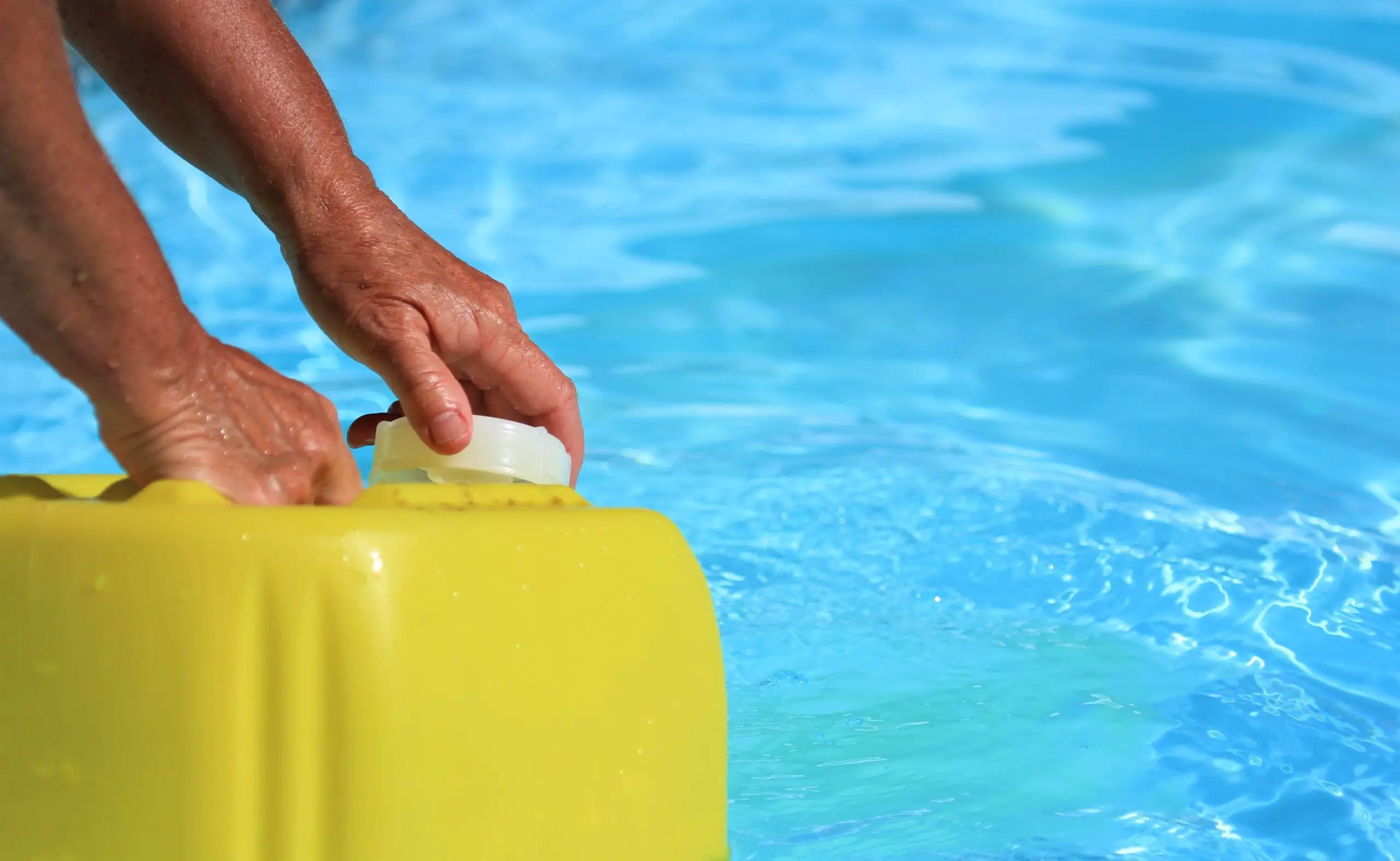
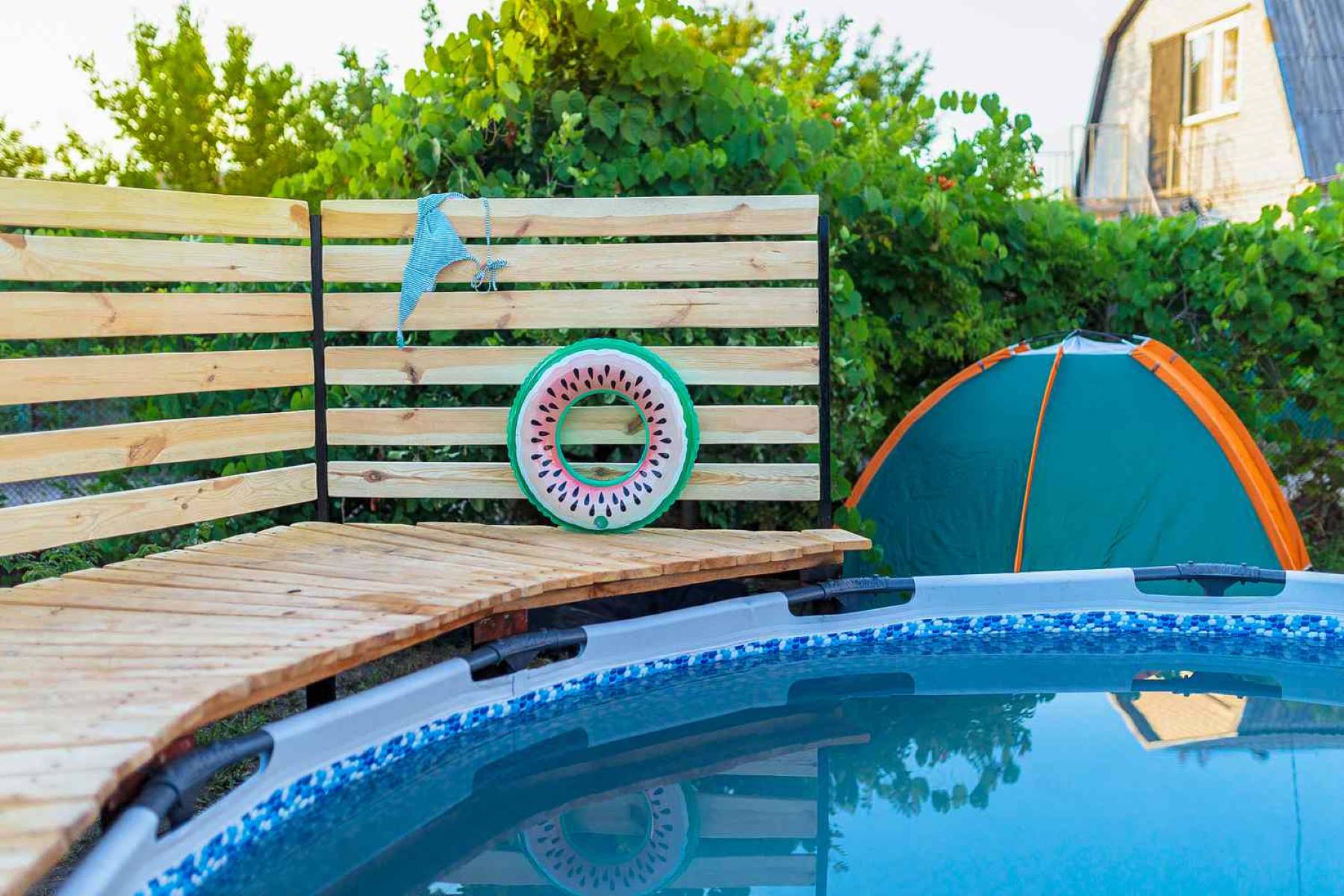
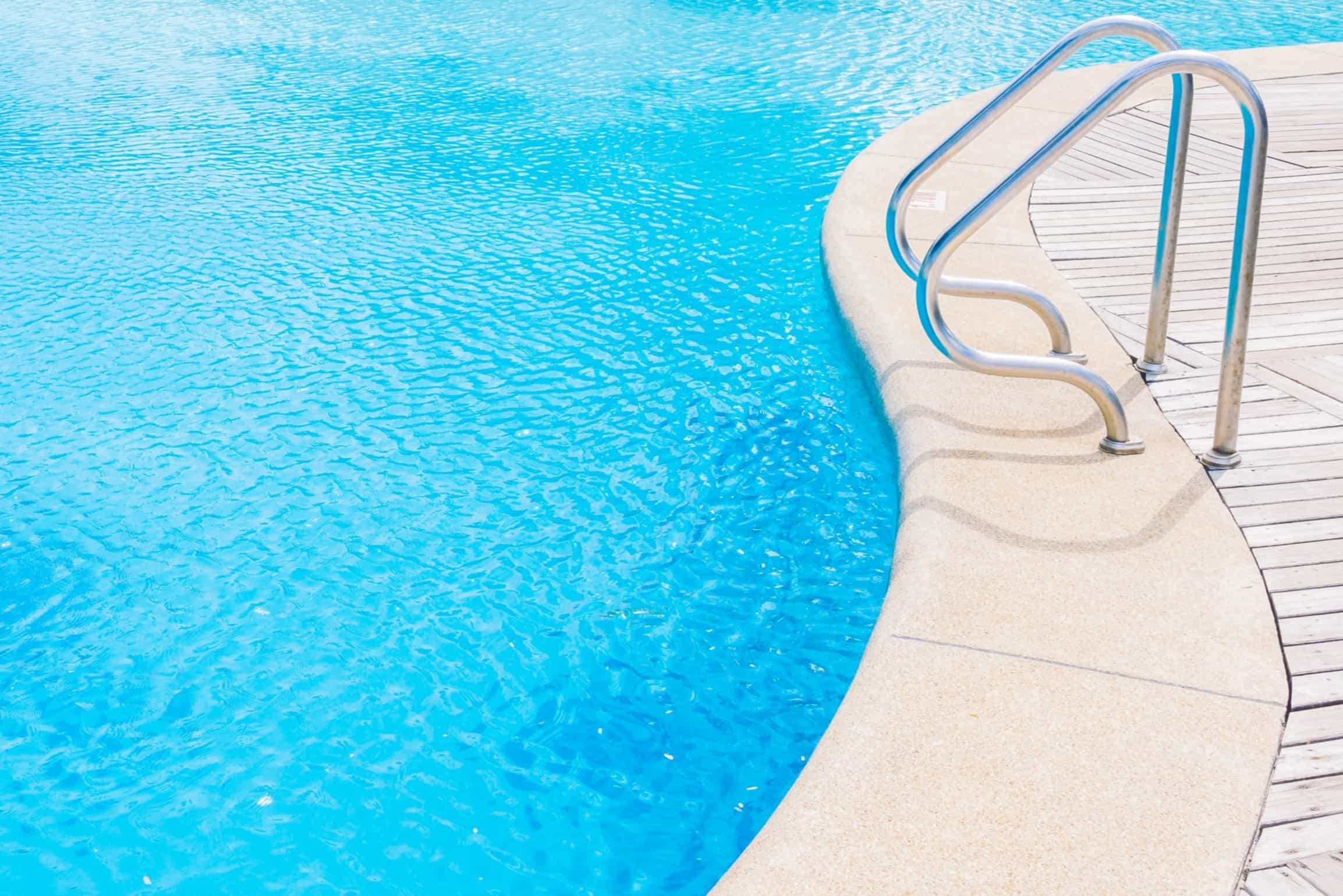
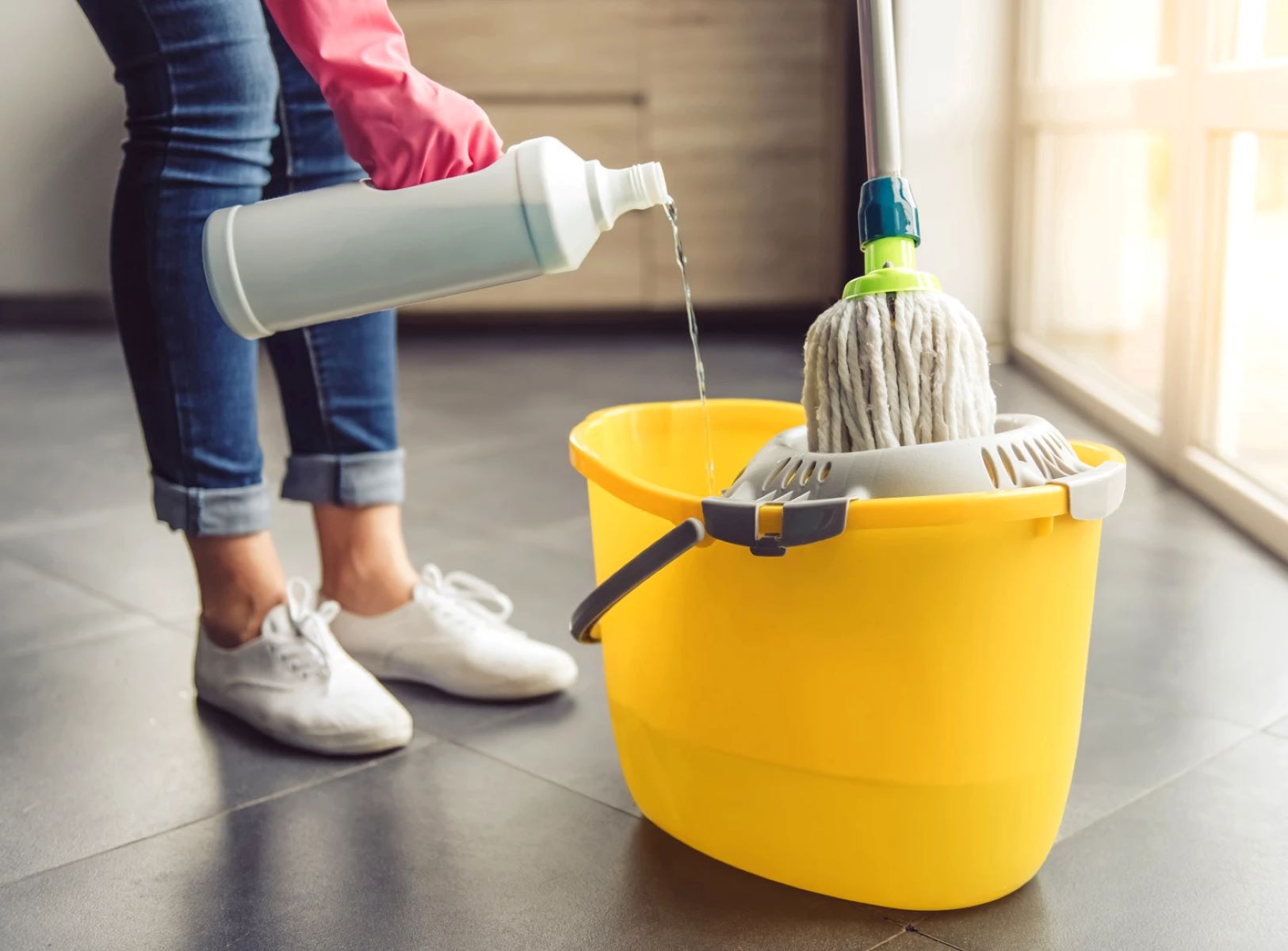
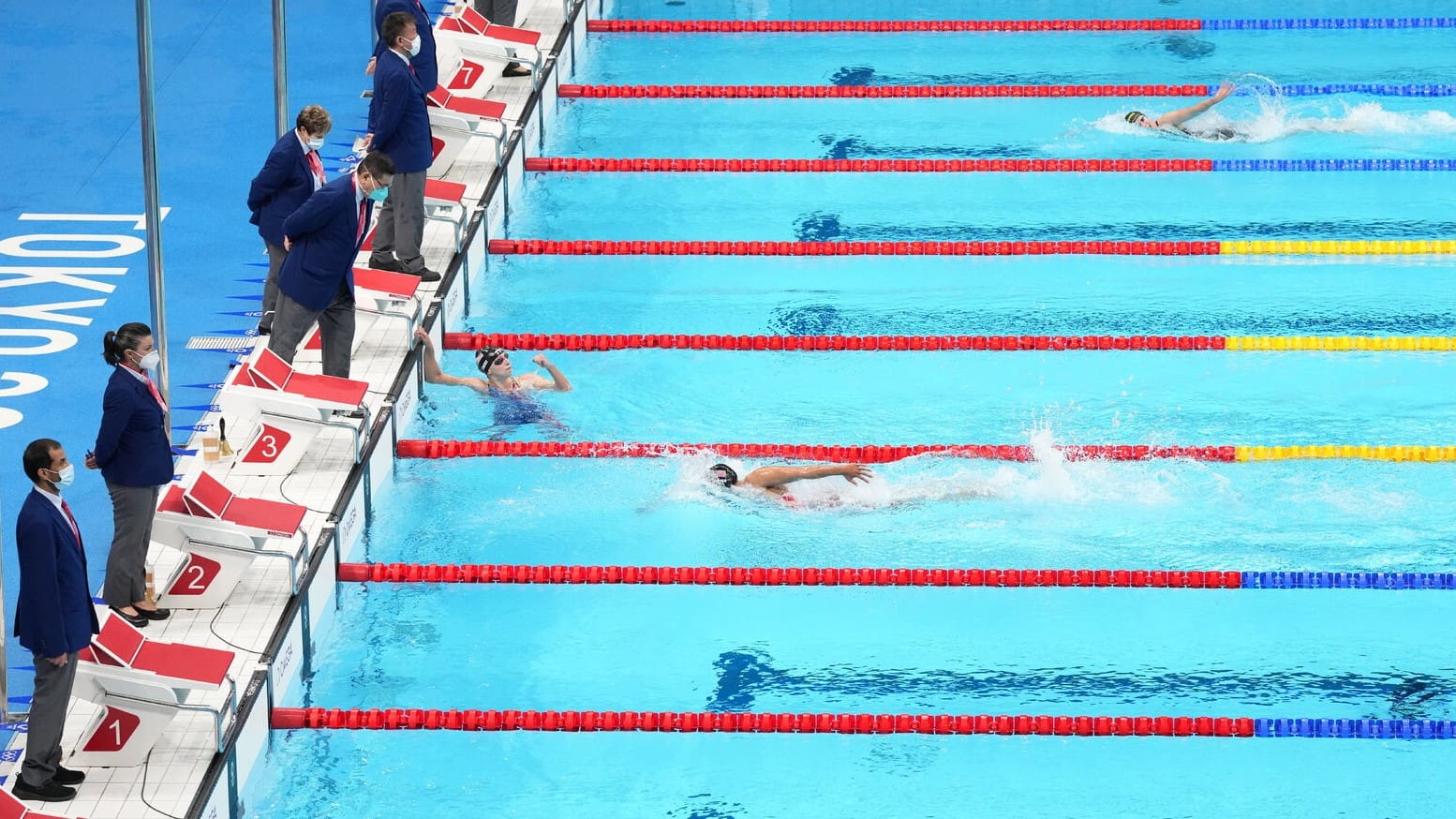
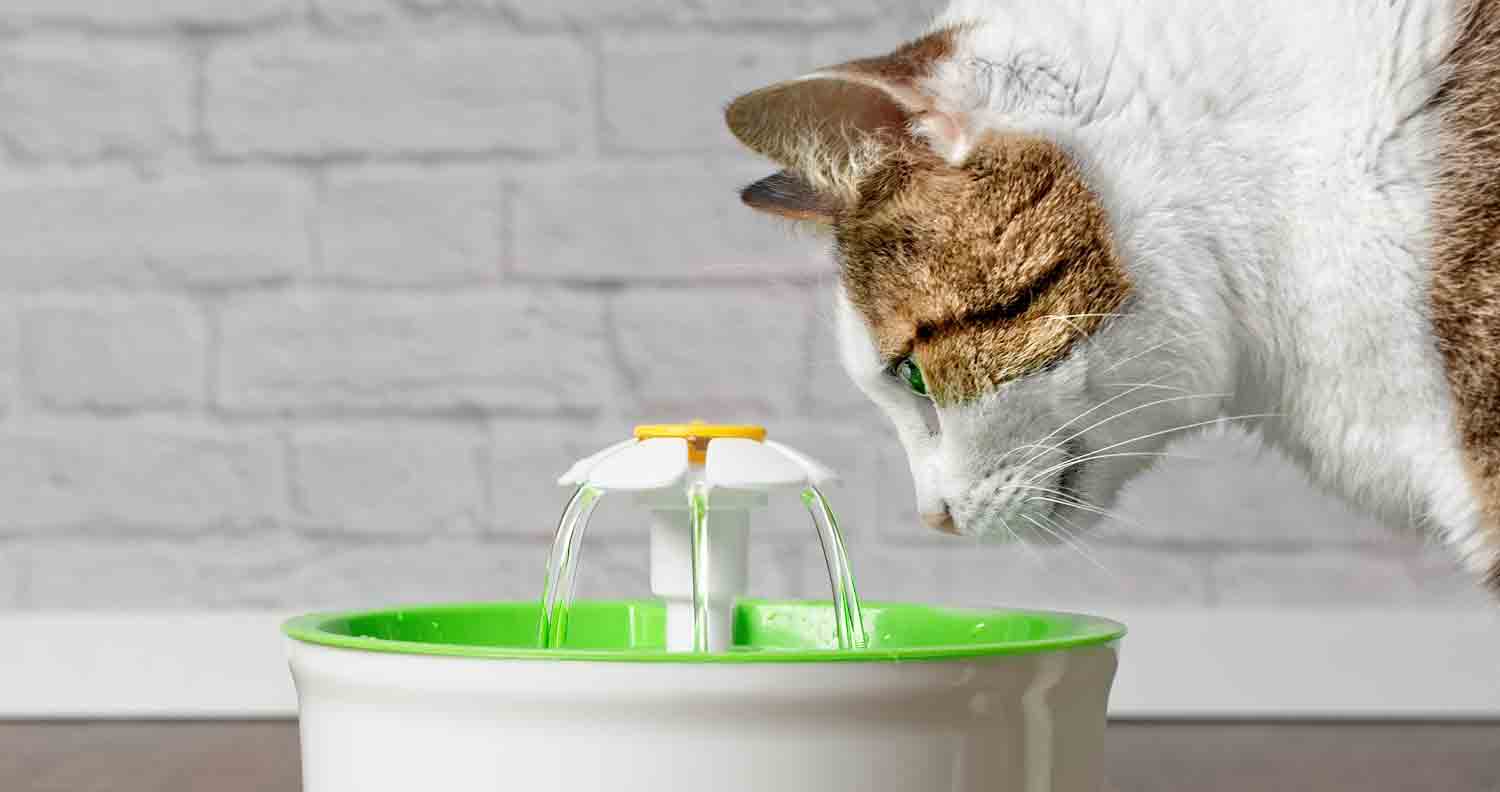
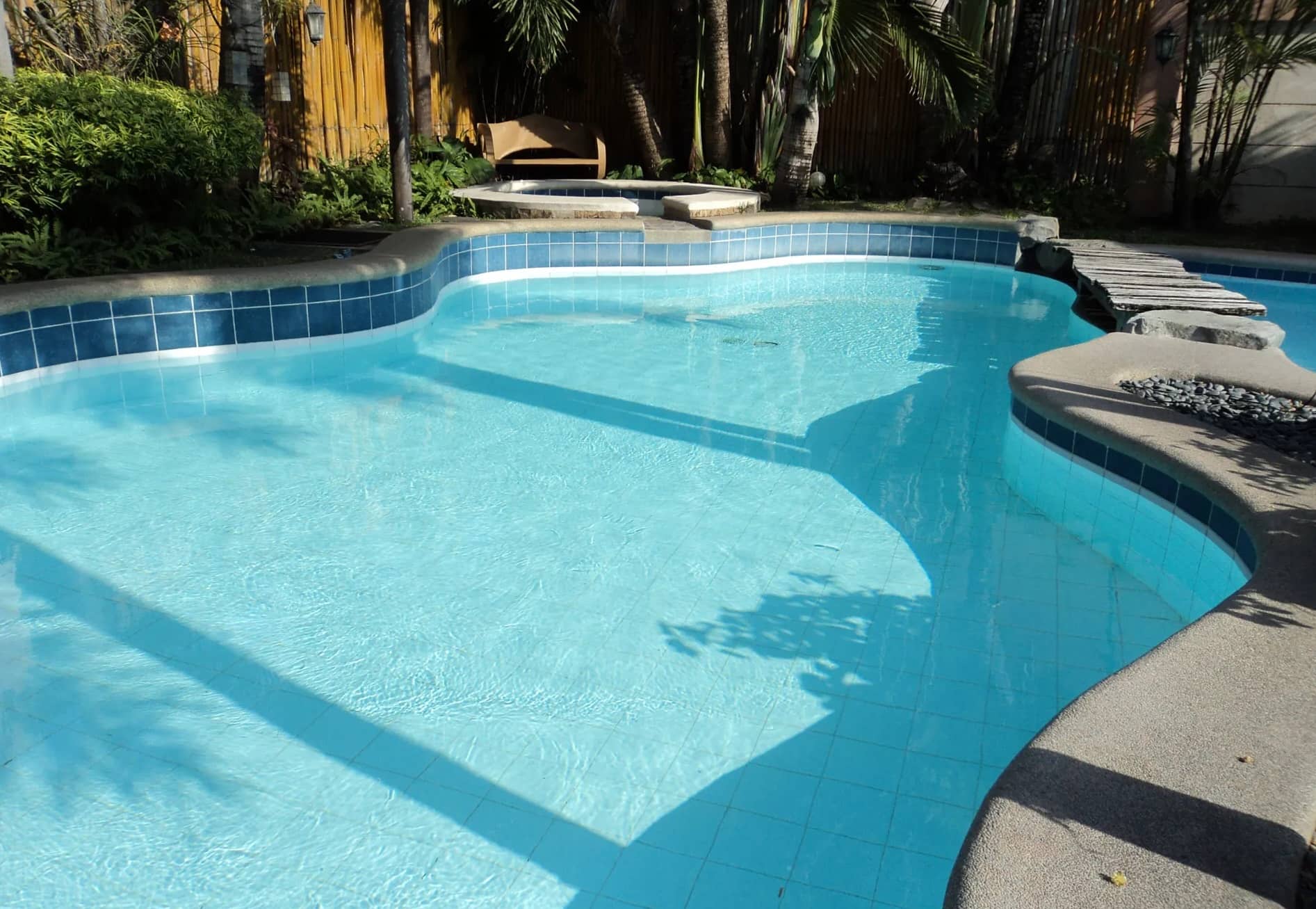
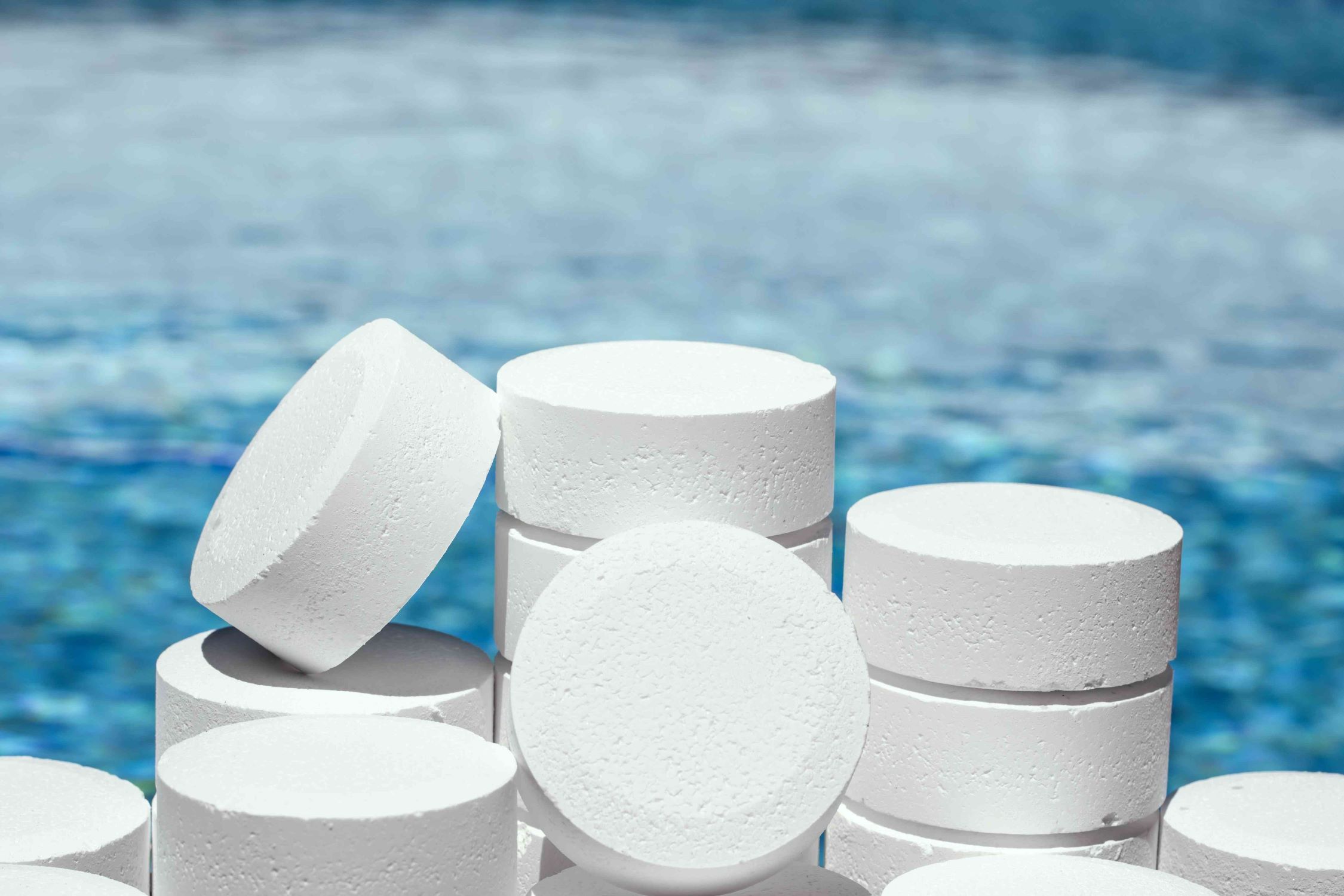
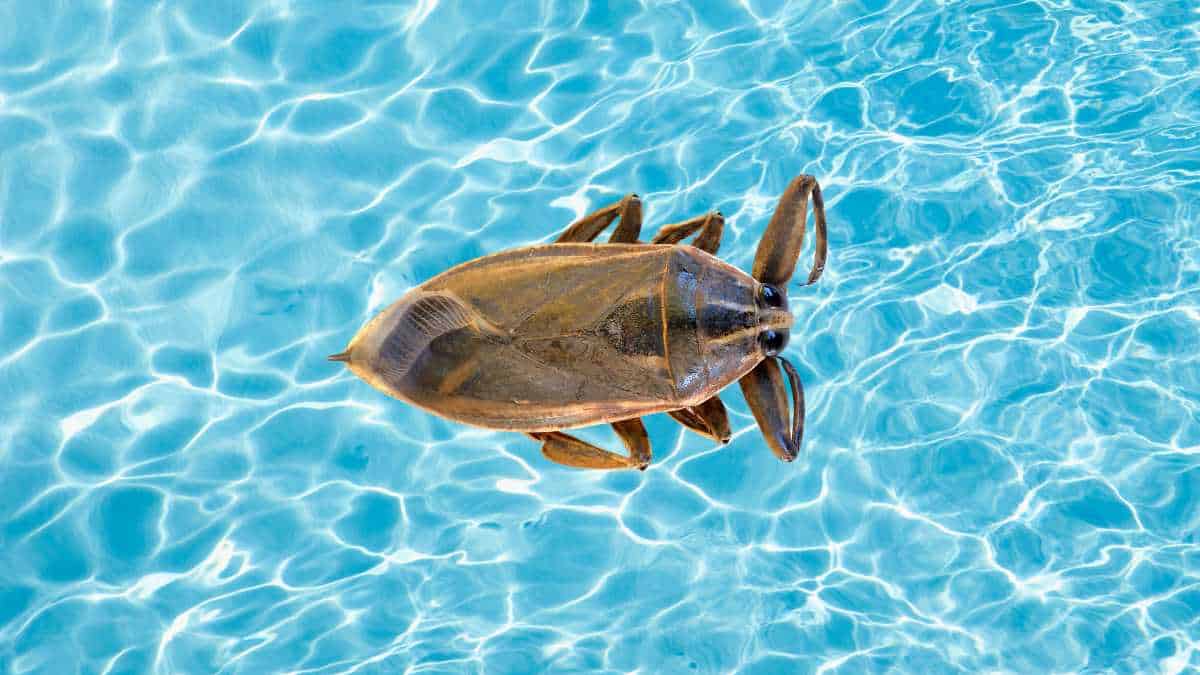
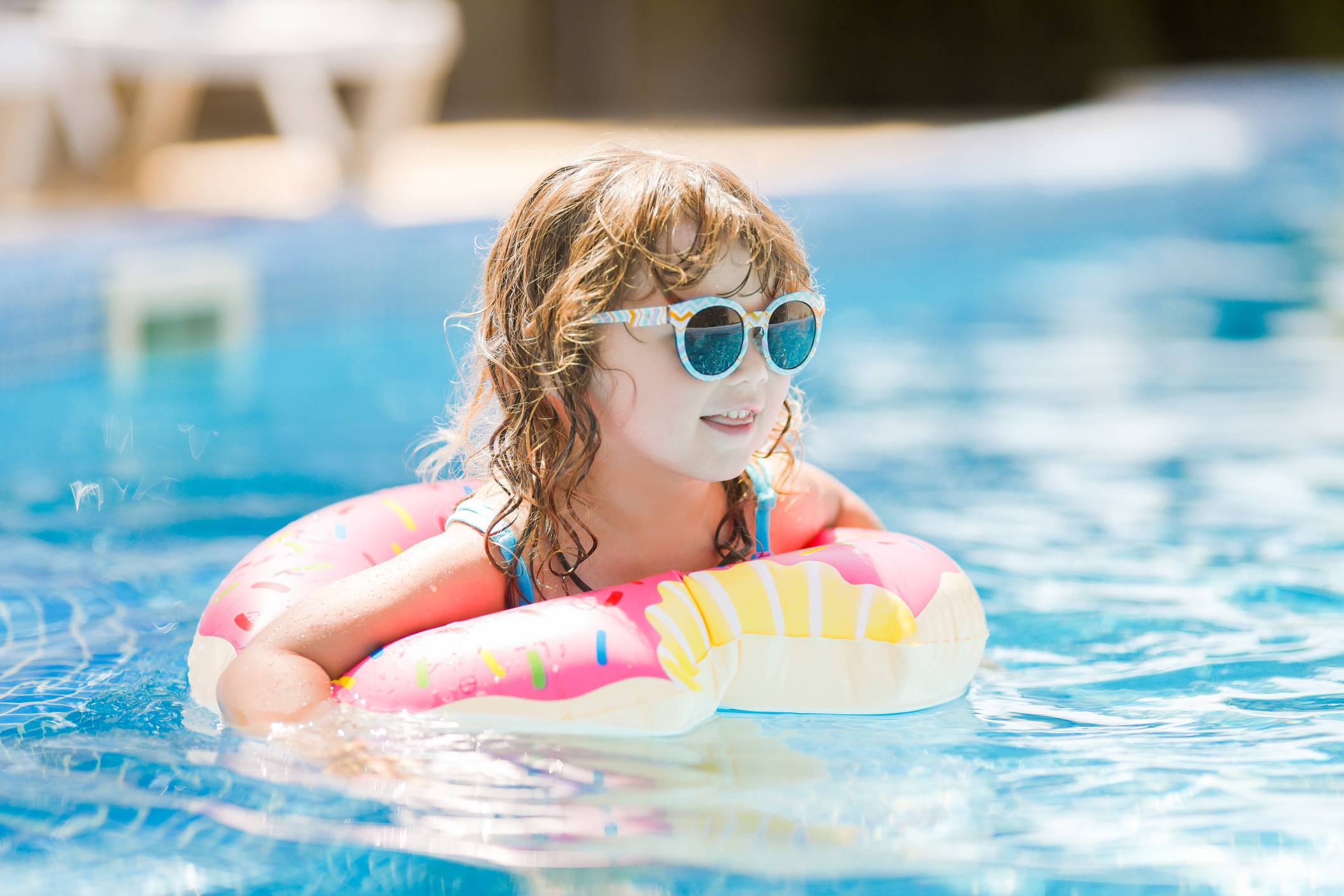
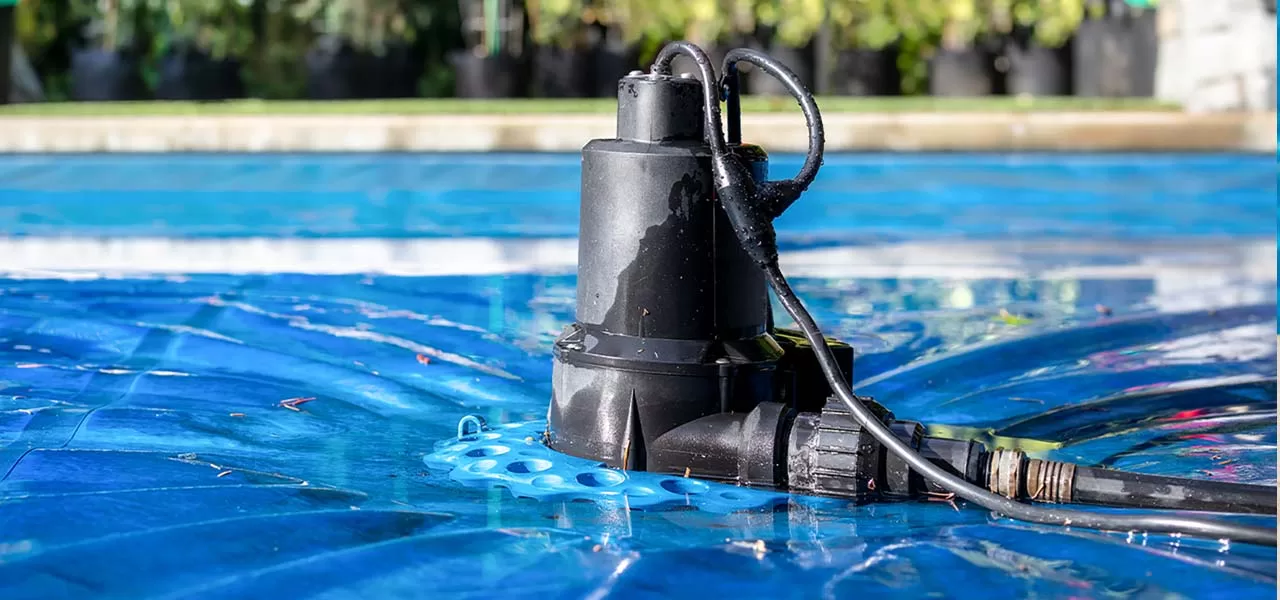
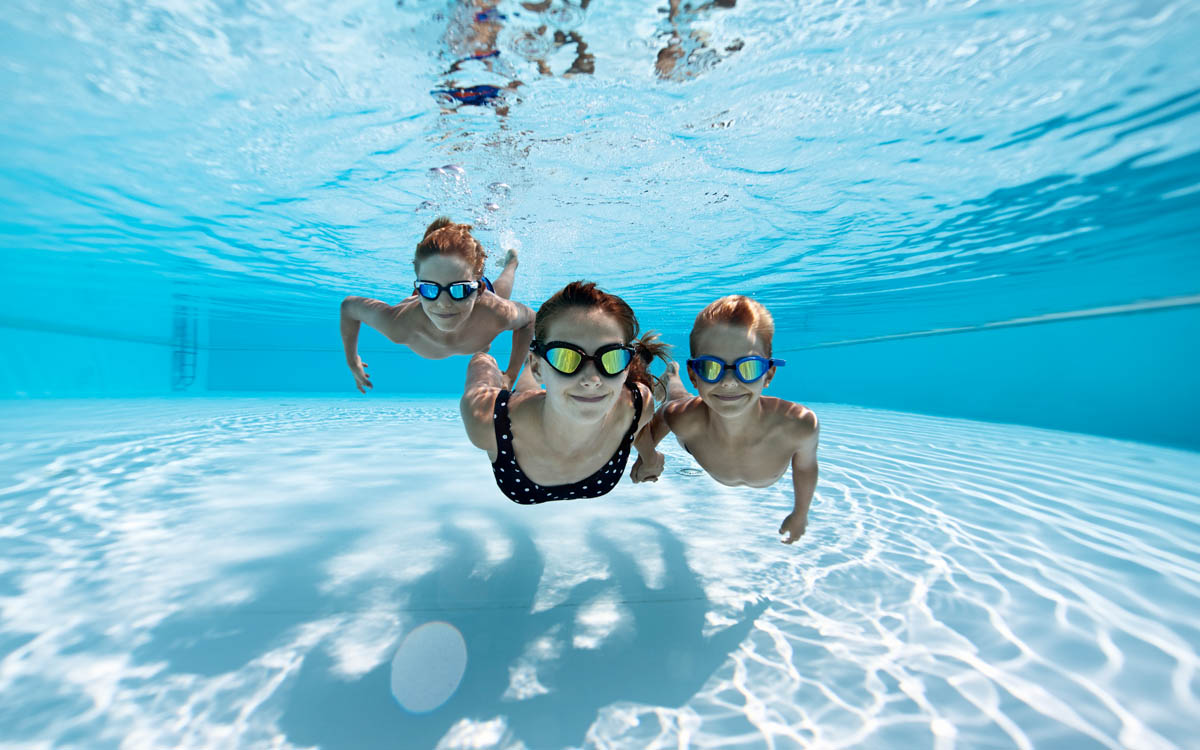
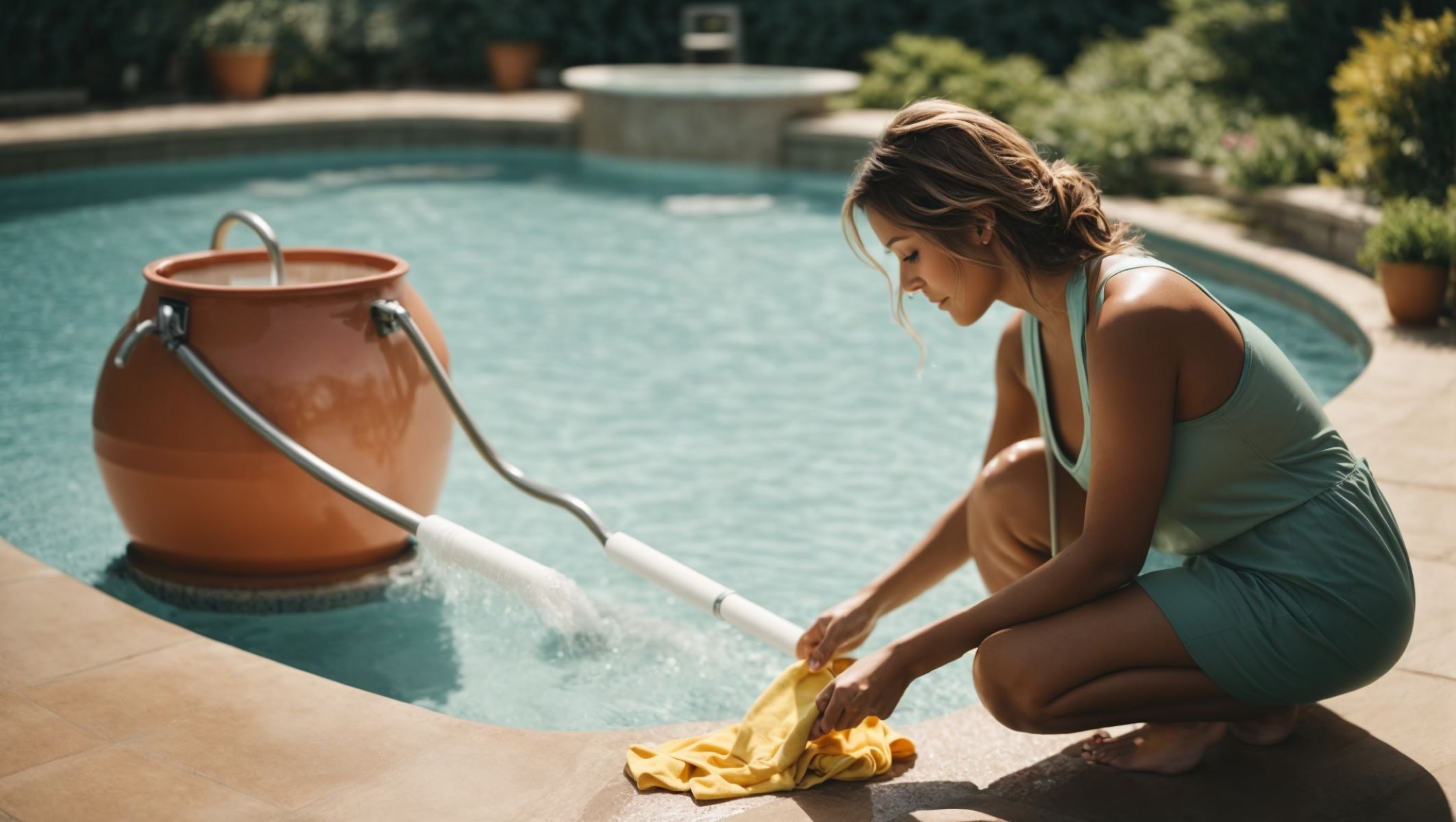

0 thoughts on “How Often To Change Swimming Pool Water”